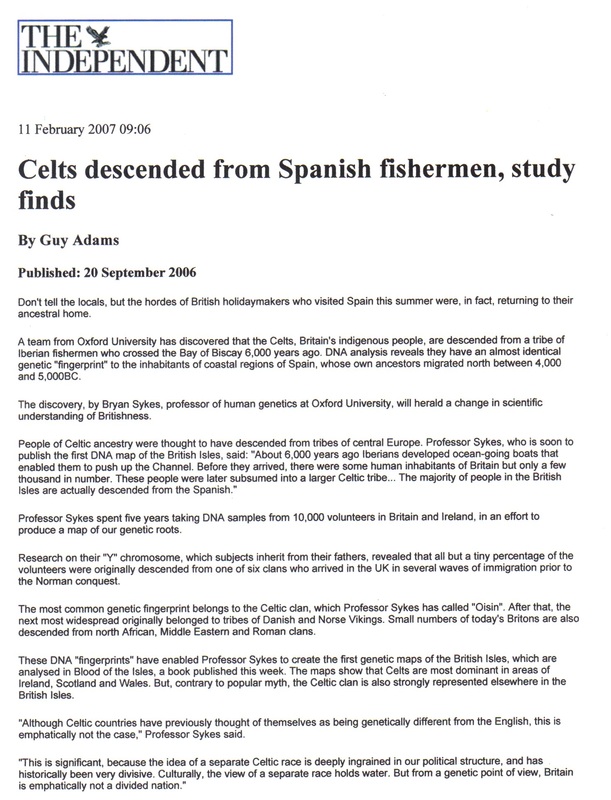For many years, fingerprints were the gold standard for linking suspects to a crime scene. Today, the gold standard is DNA evidence because DNA can be collected from virtually anywhere. Even a criminal wearing gloves may unwittingly leave behind trace amounts of biological material. It could be a hair, saliva, blood, semen, skin, sweat, mucus or earwax. All it takes is a few cells to obtain enough DNA information to identify a suspect with near certainty.
For this reason, law enforcement officials take unusual care at crime scenes. Police officers and detectives often work closely with laboratory personnel or evidence collection technicians to make sure evidence isn't contaminated. This involves wearing gloves and using disposable instruments, which can be discarded after collecting each sample. While collecting evidence, officers are careful to avoid touching areas where DNA evidence could exist. They also avoid talking, sneezing and coughing over evidence or touching their face, nose or mouth.

Note: Since your browser does not support JavaScript, you must press the Continue button once to proceed. All it takes is a few cells to obtain enough DNA information to identify a suspect with near certainty. For this reason, law enforcement officials take unusual care at crime scenes. Police officers and detectives often work closely with laboratory personnel or evidence collection technicians to make sure evidence isn't contaminated. DNA polymers are also much longer than RNA polymers; the 2.3m long human genome consists of 46 chromosomes, each of which is a single, long DNA molecule. RNA molecules, by comparison, are much shorter 4. Get more of your inside story. Whether it’s physical traits you can see or hidden traits you can’t, your DNA holds even more information than you imagined. Learn, compare, and share discoveries about 25+ of your most interesting personal traits. Explore AncestryDNA Traits.
Advertisement
Dna Hr Block Employee Login


Advertisement
The following list shows some common sources of DNA evidence:

- A weapon, such as a baseball bat, fireplace poker or knife, which could contain sweat, skin, blood or other tissue
- A hat or mask, which could contain sweat, hair or dandruff
- A facial tissue or cotton swab, which could contain mucus, sweat, blood or earwax
- A toothpick, cigarette butt, bottle or postage stamp, all of which could contain saliva
- A used condom, which could contain semen or vaginal or rectal cells
- Bed linens, which could contain sweat, hair, blood or semen
- A fingernail or partial fingernail, which could contain scraped-off skin cells
Directia Nationala Anticoruptie
When investigators find a piece of evidence, they place it in a paper bag or envelope, not in a plastic bag. This is important because plastic bags retain moisture, which can damage DNA. Direct sunlight and warmer conditions may also damage DNA, so officers try to keep biological materials at room temperature. They label the bags with information about what the material is, where it was found and where it will be transported. These are chain-of-custody procedures, which ensure the legal integrity of the samples as they move from collection to analysis.
Dna.hrblock.com
Analysis occurs in a forensic laboratory, the topic of our next section.
